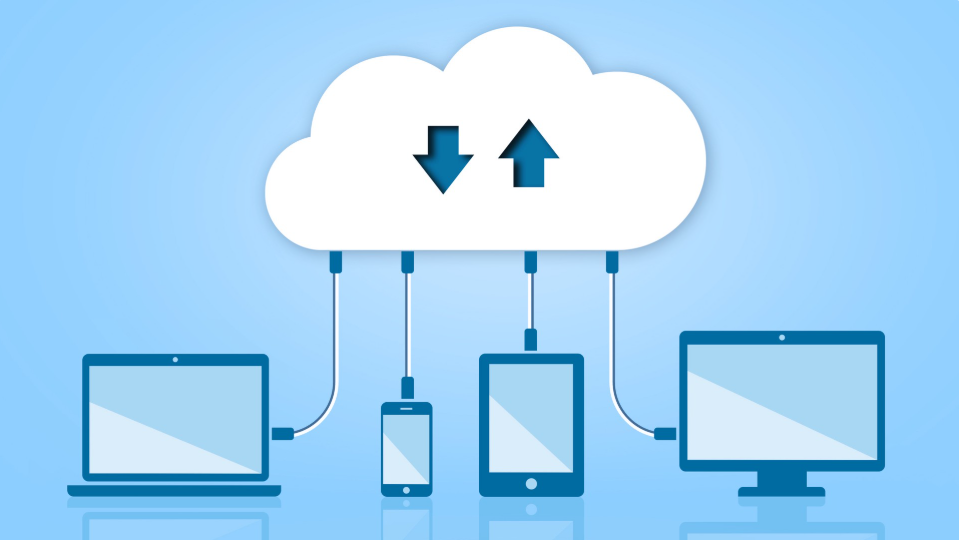
Building a strong team culture and keeping members engaged is critical for any software development team, especially when working with an offshore setup. Unlike traditional in-house teams, offshore teams do not share the same office space, which makes communication, collaboration, and team bonding more challenging. To overcome these barriers, businesses need the right collaboration software to ensure smooth workflows and maintain a sense of unity across different locations. Below is a detailed review and comparison of the most effective offshore team collaboration tools, along with insights into how they can improve both productivity and team culture.
1. Communication Tools
Clear and efficient communication is the backbone of every successful offshore team. Without face-to-face interactions, instant messaging and video conferencing platforms become indispensable.
Slack is a popular choice for offshore teams thanks to its intuitive interface, dedicated channels for different projects, and seamless integration with hundreds of apps. It allows engineers to communicate in real-time or asynchronously, making it easier to manage different time zones. However, Slack can quickly become noisy without well-defined guidelines, which may reduce productivity if not managed properly.
Microsoft Teams, on the other hand, works best for companies already using the Microsoft ecosystem. It combines chat, video meetings, and document sharing within Office 365, providing a centralized hub for collaboration. The drawback is that Teams can feel heavy and less intuitive for smaller startups that don’t need enterprise-level features.
For video conferencing, Zoom and Google Meet remain the most reliable platforms. They support large meetings, screen sharing, and breakout rooms for smaller discussions. These tools are essential for building trust among offshore team members through regular face-to-face interactions, but organizations should be mindful of “meeting fatigue” and balance synchronous with asynchronous communication.
2. Documentation & Knowledge Sharing
Strong documentation practices are vital for offshore teams, where members may work across different time zones and can’t always get immediate answers from colleagues.
Confluence is ideal for creating structured documentation, company policies, and technical guidelines. It helps teams build a single source of truth that can be referenced anytime. While it’s excellent for mid-sized to large enterprises, smaller teams might find it too complex.
Notion has emerged as a modern, flexible tool that combines documentation, task management, and knowledge-sharing in one platform. Its ease of use and customization make it especially appealing for fast-growing offshore teams. The downside is that Notion may lack some advanced enterprise-level features, but it remains an excellent choice for most distributed teams.
For teams looking for simplicity, Google Docs continues to be a reliable option. It allows real-time collaboration and is easy for anyone to use. However, it falls short when it comes to advanced organization and long-term knowledge management.
3. Project & Task Management
Managing offshore software teams requires transparency in task allocation and progress tracking. A good project management tool ensures everyone knows what to do, when it’s due, and how it connects to the bigger picture.
Jira is the industry standard for agile software development. With its sprint boards, workflow customization, and reporting features, it’s perfect for offshore engineering teams working on complex projects. However, Jira’s steep learning curve can be intimidating for non-technical team members.
For teams seeking simplicity, Trello provides a visual Kanban board that makes it easy to track tasks at a glance. It’s user-friendly and ideal for smaller projects, though it lacks advanced reporting and customization options.
ClickUp offers a hybrid solution by combining task management, documentation, and reporting in a single platform. While it is powerful, the wide range of features can feel overwhelming for new users. Nonetheless, it provides great value for offshore teams that want an all-in-one platform.
4. Developer Collaboration
Offshore software teams rely heavily on version control and collaboration tools to ensure smooth development workflows.
GitHub is widely recognized as the gold standard for version control. Its pull requests, code reviews, and integration with CI/CD pipelines make it indispensable for offshore developers working on shared codebases. The only downside is that public repositories are visible unless you opt for private plans.
GitLab provides a more integrated solution by combining version control, CI/CD, and DevOps pipelines in a single platform. This all-in-one approach reduces the need for multiple tools, although some developers find GitLab’s interface less intuitive compared to GitHub.
Both GitHub and GitLab enable offshore engineers to collaborate effectively on code, maintain quality standards, and accelerate software delivery despite working across borders.
5. Team Engagment & Culture
One of the biggest challenges with offshore teams is maintaining a sense of belonging and keeping morale high. Collaboration software can play a role not just in productivity but also in culture-building.
Donut, a Slack integration, helps offshore teams build personal connections by randomly pairing colleagues for virtual coffee chats. This creates opportunities for informal interactions, which are often missing in distributed teams. The limitation is that Donut only works within Slack, so its use is tied to that ecosystem.
Miro, an online whiteboard platform, is another excellent tool for fostering collaboration. Offshore teams can brainstorm ideas, plan projects, and run workshops in an interactive and visual way. While Miro can become cluttered without good facilitation, it is one of the best tools for creative teamwork at a distance.
For fun and engagement, tools like Kahoot or QuizBreaker help teams connect through quizzes and games. While these tools won’t replace serious collaboration platforms, they are useful for boosting team spirit and keeping offshore team members engaged.
There is no single best tool for managing offshore software development teams. Instead, the most effective approach is to create a collaboration stack tailored to your team’s needs. For example, many companies use Slack or Teams for communication, Notion or Confluence for documentation, Jira or ClickUp for project management, and GitHub or GitLab for development workflows. Adding engagement tools like Donut or Miro helps offshore teams maintain a strong sense of culture and connection.
The key to success in offshore collaboration is striking a balance between productivity and culture. By investing in the right mix of collaboration software, businesses can ensure their offshore teams remain not only efficient but also motivated, cohesive, and ready to scale.
Suggested Posts
How useful was this post?
Share it with your friends
Get our latest articles here!
Do you have any questions?
Help us improve the content of this Insightful blog by asking us questions. Manifera's team of experts will help you answer these questions as soon as possible.












